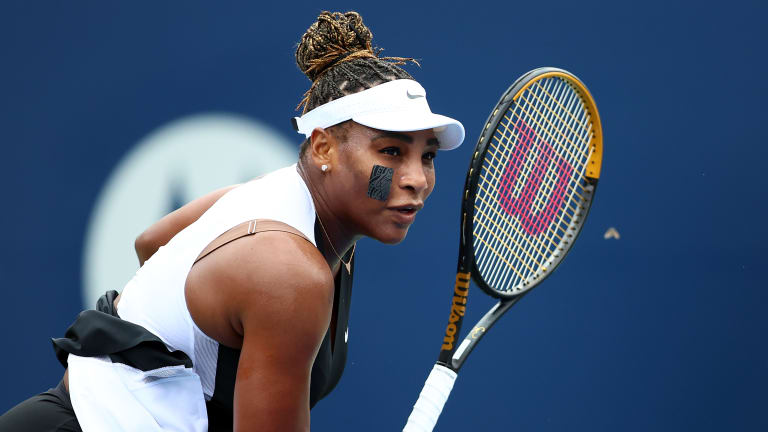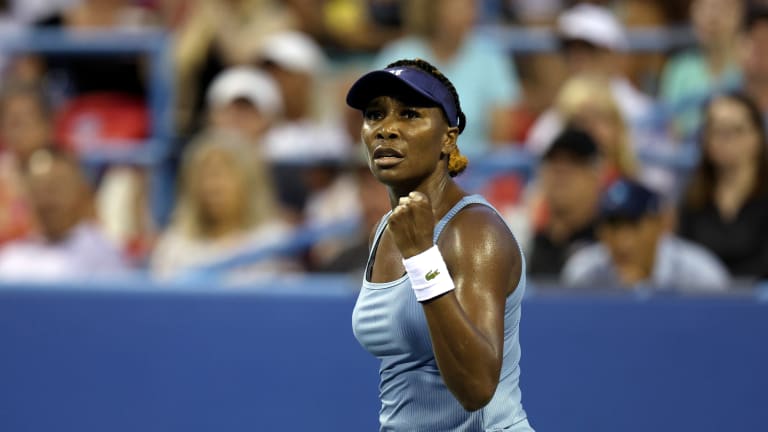Tennis Honors: Serena Williams
The Williams sisters and Roger Federer have retired the idea of retirement in tennis
By Aug 08, 2022Tennis Honors: Serena Williams
Gallery of Greatness: What Brady, Gretzky, Jordan, Joyner-Kersee, Vergeer and Serena have in common
By Nov 25, 2022Tennis Honors: Serena Williams
How soon could Serena Williams make a comeback?
By Oct 25, 2022Tennis Honors: Serena Williams
The Matches that Made Serena the GOAT: Williams d. Venus Williams, 2017 Australian Open final
By Oct 18, 2022Tennis Honors: Serena Williams
The Matches that Made Serena the GOAT: Williams d. Maria Sharapova, 2012 Olympic gold medal match
By Oct 18, 2022Tennis Honors: Serena Williams
The Matches that Made Serena the GOAT: Williams d. Justine Henin, 2010 Australian Open final
By Oct 15, 2022Tennis Honors: Serena Williams
The Matches that Made Serena the GOAT: Williams d. Martina Hingis, 1999 US Open final
By Oct 13, 2022Tennis Honors: Serena Williams
The Matches that Made Serena the GOAT: Williams d. Steffi Graf, 1999 Indian Wells final
By Oct 13, 2022Tennis Honors: Serena Williams
WATCH: Serena Williams teases “Tom Brady”-style comeback on Good Morning America
By Sep 14, 2022Tennis Honors: Serena Williams
Margaret Court and Serena Williams: A Comparative Discussion
By Sep 13, 2022The Williams sisters and Roger Federer have retired the idea of retirement in tennis
After all they have accomplished, no one in this august trio seems eager to quit the game. Good.
Published Aug 08, 2022
Advertising
Advertising
Advertising

Serena Williams won her first singles match since the 2021 French Open on Monday in Toronto.
© Getty Images
Advertising
Advertising

Even at 42, there is little to suggest that Venus Williams is done with the pro game.
© Getty Images